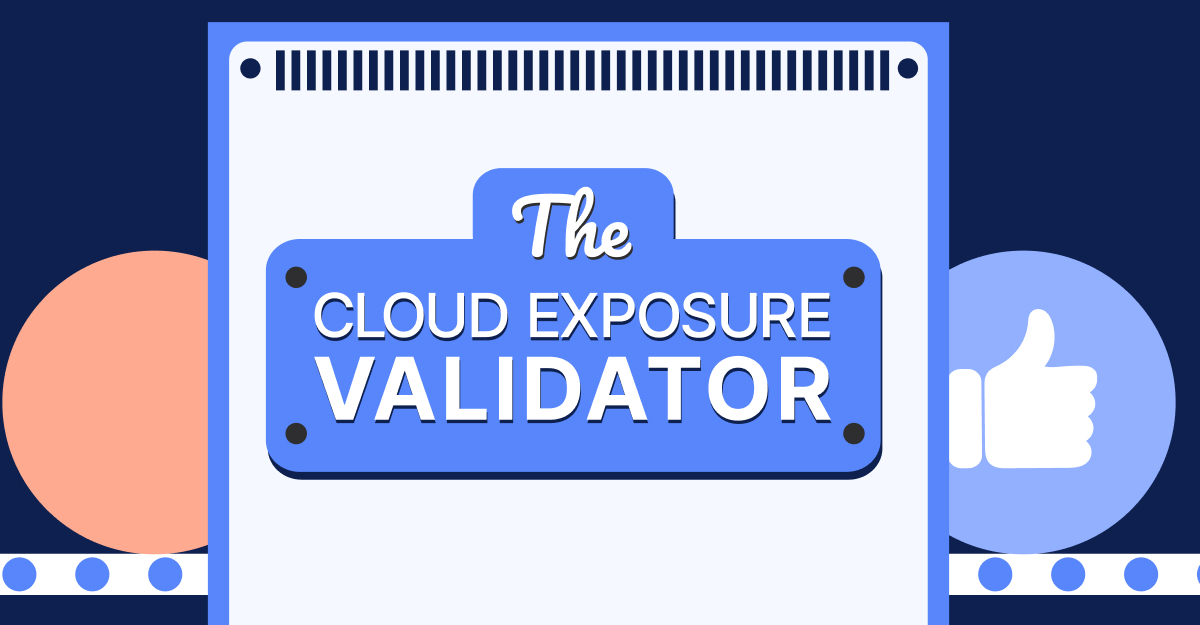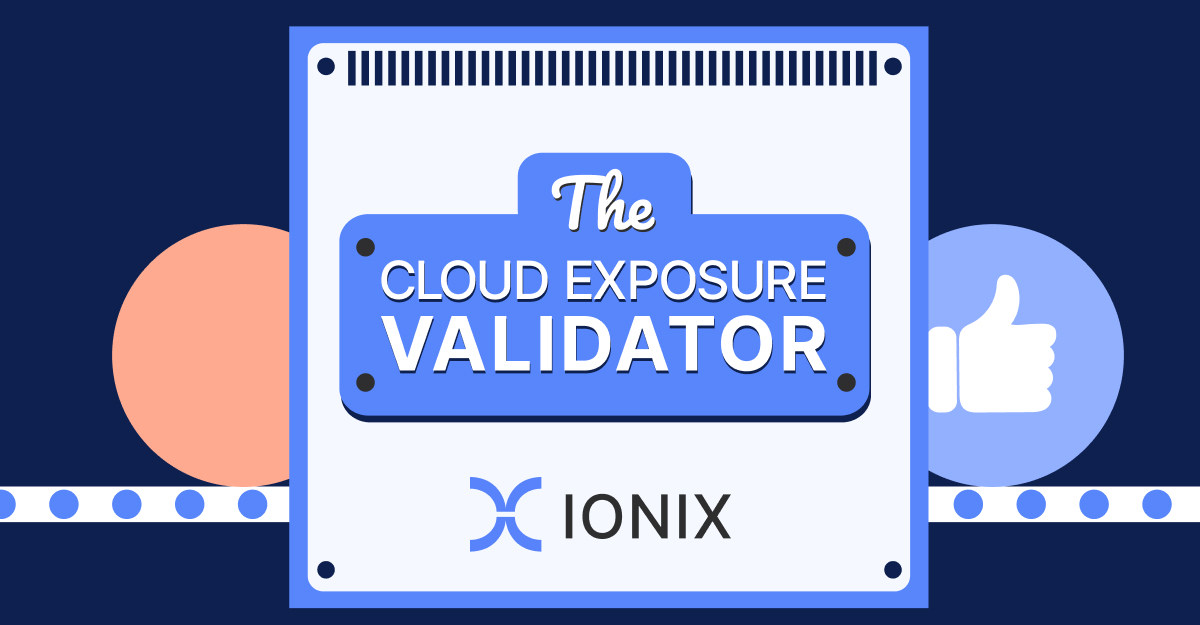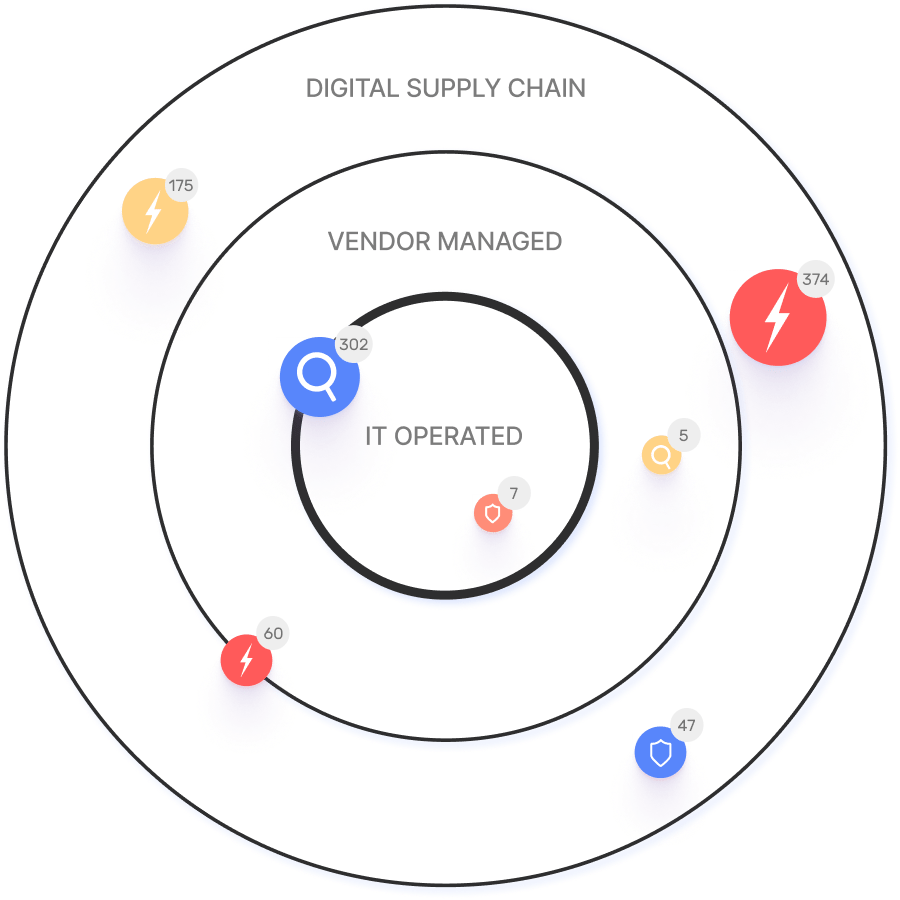Frequently Asked Questions
Product Information & Features
What is IONIX and what does it do?
IONIX is an External Exposure Management platform designed to help organizations identify exposed assets and validate exploitable vulnerabilities from an attacker's perspective. It enables security teams to prioritize critical remediation activities by providing complete attack surface visibility, identification of potential exposed assets, validation of assets at risk, and prioritization of issues by severity and context. Learn more at Why Ionix.
What are the main features and capabilities of the IONIX platform?
The IONIX platform offers Attack Surface Discovery, Risk Assessment, Risk Prioritization, and Risk Remediation. It provides continuous asset discovery, attack simulation, and automated exposure management, helping organizations discover all relevant assets, monitor their changing attack surface, and reduce noise from false positives. For more details, visit Attack Surface Discovery.
How does IONIX help organizations manage their attack surface risk?
IONIX helps organizations by providing tools for attack surface discovery, risk assessment, risk prioritization, and risk remediation. It enables security teams to visualize and prioritize hundreds of attack surface threats, streamline security operations, and reduce mean time to resolution (MTTR). The platform also offers actionable insights and one-click workflows for efficient vulnerability management.
What integrations does IONIX support?
IONIX integrates with tools such as Jira, ServiceNow, Slack, Splunk, Microsoft Sentinel, Palo Alto Cortex/Demisto, and AWS services including AWS Control Tower, AWS PrivateLink, and Pre-trained Amazon SageMaker Models. For a full list, visit IONIX Integrations.
Does IONIX offer an API for integrations?
Yes, IONIX provides an API that supports integrations with major platforms like Jira, ServiceNow, Splunk, Cortex XSOAR, and more. Details are available at IONIX Integrations.
Preemptive vs Proactive Security
What is the difference between proactive and preemptive security?
Proactive security focuses on defensive measures such as vulnerability assessments, patch management, and penetration testing to identify and close security gaps before attackers can exploit them. Preemptive security actively identifies and neutralizes threats, including unknown threats, before they mature into incidents. Examples of preemptive security mechanisms include deception, threat hunting, and threat exposure management. For a detailed comparison, see our guide.
What outcome metrics are used to measure proactive and preemptive security?
Proactive security metrics include Exposure Discovery Rate, Average Time to Close Vulnerabilities, Number of Incidents Prevented, Mean Time to Remediation (MTTR), and Attack Surface Reduction. Preemptive security metrics include Number of Preempted Attacks, Predictive Model Accuracy, Zero-Day Exploit Reduction, Mean Time to Neutralize, and Automated Response Efficiency.
When should an organization use proactive security versus preemptive security?
Proactive security is best for improving operational resilience, enhancing compliance, and addressing known threats in a stable environment. Preemptive security is ideal for addressing sophisticated, evolving threats, protecting against zero-day attacks, and defending high-value targets and critical infrastructure against advanced threat actors.
How can proactive and preemptive security be blended in a modern security stack?
Blending proactive and preemptive security maximizes effectiveness by combining active and passive security measures. Proactive security closes gaps, while preemptive security deceives, disrupts, and denies attackers. Multi-stage security and feedback loops between the two approaches provide multiple opportunities to prevent attacks before they occur.
Pain Points & Use Cases
What core problems does IONIX solve for organizations?
IONIX addresses challenges such as identifying the complete external web footprint (including shadow IT and unauthorized projects), proactive security management, real attack surface visibility, and continuous discovery and inventory of internet-facing assets. These solutions help organizations mitigate risks, prevent breaches, and maintain an up-to-date inventory in dynamic IT environments.
Who can benefit from using IONIX?
IONIX is designed for Information Security and Cybersecurity VPs, C-level executives, IT managers, and security managers across industries, including Fortune 500 companies. It is suitable for organizations in insurance, financial services, energy, critical infrastructure, IT, technology, and healthcare. For customer stories, visit IONIX Customers.
What are some real-world use cases and customer success stories for IONIX?
IONIX has helped E.ON continuously discover and inventory internet-facing assets, Warner Music Group boost operational efficiency and align security operations with business goals, and Grand Canyon Education proactively discover and remediate vulnerabilities. Read more at E.ON, Warner Music Group, and Grand Canyon Education.
Technical Requirements & Implementation
How long does it take to implement IONIX and how easy is it to get started?
IONIX can be deployed in about a week and requires only one person to implement and scan the entire network. Customers have access to onboarding resources such as guides, tutorials, webinars, and a dedicated Technical Support Team. For more details, visit this page.
What technical documentation and resources does IONIX provide?
IONIX offers technical documentation, guides, datasheets, and case studies on its resources page. Explore these materials at IONIX Resources.
What training and technical support is available for IONIX customers?
IONIX provides streamlined onboarding resources, including guides, tutorials, webinars, and a dedicated Technical Support Team. Customers also benefit from technical support and maintenance services during the subscription term, with a dedicated account manager and regular review meetings. More details at IONIX Terms and Conditions.
Security & Compliance
What security and compliance certifications does IONIX have?
IONIX is SOC2 compliant and supports companies with their NIS-2 and DORA compliance, ensuring robust security measures and regulatory alignment.
How does IONIX ensure product security and compliance?
IONIX implements robust security measures and maintains SOC2 compliance. It also supports organizations in meeting NIS-2 and DORA regulatory requirements, providing assurance of secure and compliant operations.
Performance & Recognition
How is IONIX rated for product performance and innovation?
IONIX earned top ratings for product innovation, security, functionality, and usability. It was named a leader in the Innovation and Product categories of the ASM Leadership Compass for completeness of product vision and a customer-oriented, cutting-edge approach to ASM. Source: KuppingerCole ASM Leadership Compass.
What feedback have customers given about IONIX's ease of use?
Customers have rated IONIX as user-friendly and appreciate having a dedicated account manager for smooth communication and support during usage.
Customer Proof & Industry Coverage
Who are some of IONIX's customers?
IONIX's customers include Infosys, Warner Music Group, The Telegraph, E.ON, Grand Canyon Education, and a Fortune 500 Insurance Company. For more details, visit IONIX Customers.
Which industries are represented in IONIX's case studies?
Industries represented in IONIX's case studies include insurance and financial services, energy, critical infrastructure, IT and technology, and healthcare.
Guides & Learning Resources
Does IONIX offer guides and learning resources?
Yes, IONIX provides comprehensive guides, blogs, and demo bookings to help customers learn more about their solutions. Visit IONIX Guides for more information.
What topics are covered in the IONIX Guides section?
The IONIX Guides section covers topics such as Automated Security Control Assessment (ASCA), web application security, exposure management, vulnerability assessments, the OWASP Top 10, CIS Controls, and attack surface management. Each guide includes detailed articles, methodologies, and actionable advice. Explore at IONIX Guides.
Competition & Differentiation
How does IONIX differ from similar products in the market?
IONIX stands out with ML-based 'Connective Intelligence' for better asset discovery, Threat Exposure Radar for prioritizing critical issues, and comprehensive digital supply chain coverage. It reduces noise, validates risks, and provides actionable insights, ensuring maximum risk reduction and operational efficiency. Learn more at Why IONIX.
Why should a customer choose IONIX over alternatives?
Customers should choose IONIX for its innovative features, including better discovery with fewer false positives, focused threat exposure prioritization, comprehensive digital supply chain mapping, and streamlined remediation workflows. These advantages help organizations achieve improved risk management and operational efficiency. See Why IONIX for more details.
Business Impact & Value
What business impact can customers expect from using IONIX?
Customers can expect improved risk management, operational efficiency, cost savings, and enhanced security posture. IONIX enables visualization and prioritization of attack surface threats, actionable insights, and reduced mean time to resolution (MTTR). For more details, visit this page.
Support & Maintenance
What support and maintenance services does IONIX offer?
IONIX provides technical support and maintenance during the subscription term, including troubleshooting, upgrades, and maintenance. Customers are assigned a dedicated account manager and benefit from regular review meetings. More details at IONIX Terms and Conditions.




